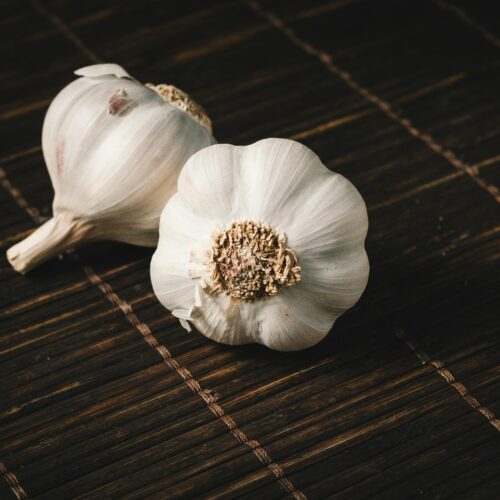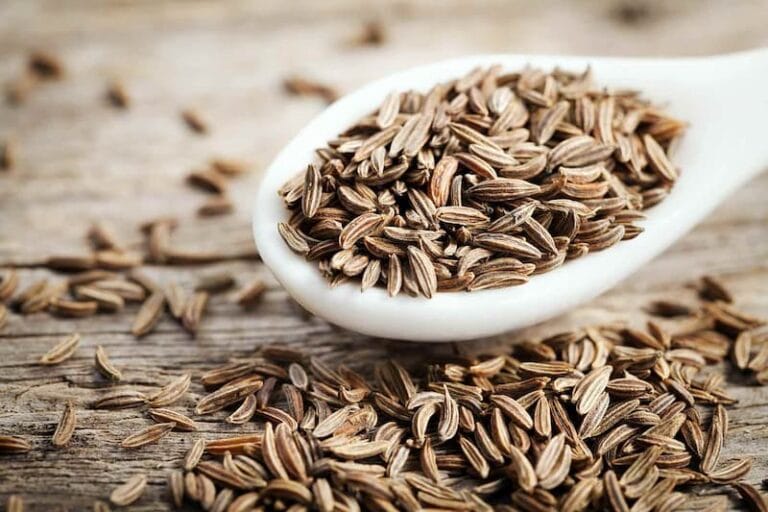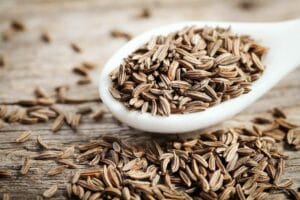Introduction to Garlic
Garlic, a bulbous plant from the onion family, has been a staple ingredient in kitchens around the globe for centuries. Its origins trace back to Central Asia, where it was cultivated as early as 4000 years ago. Historically, garlic has not only been valued for its robust flavor but also for its medicinal properties, earning it a reputation as a natural antibiotic. As such, it has been a significant part of various cultures, often regarded as an essential element in cooking and traditional medicine alike.
When it comes to culinary applications, garlic is renowned for its unique flavor profile that enhances a wide array of dishes. It has the ability to bring forth complex depths of taste, making it a perfect complement to proteins, vegetables, and sauces. Variants of garlic, such as hardneck and softneck, offer different textures and flavors. Hardneck garlic tends to be more robust in taste while softneck varieties provide a milder and sweeter profile. The diversity in types allows for varied uses, ranging from roasting to raw applications, and the versatility makes garlic an invaluable ingredient in numerous cuisines, including Mediterranean, Asian, and even American.
Garlic’s benefits extend beyond flavor; it is known for its health properties, particularly its ability to combat bacteria and viruses, which is why it is often included in discussions about prevention and treatment of various ailments. Additionally, garlic contributes to blood fluidity, potentially enhancing overall health. However, caution is advised when incorporating garlic into one’s diet, particularly for those who may experience digestive discomfort or bad breath as a side effect of consuming this potent ingredient. Despite these considerations, garlic remains an indispensable component in both everyday cooking and specialized dishes, such as molokhia, and continues to be celebrated for its incredible versatility and benefits.
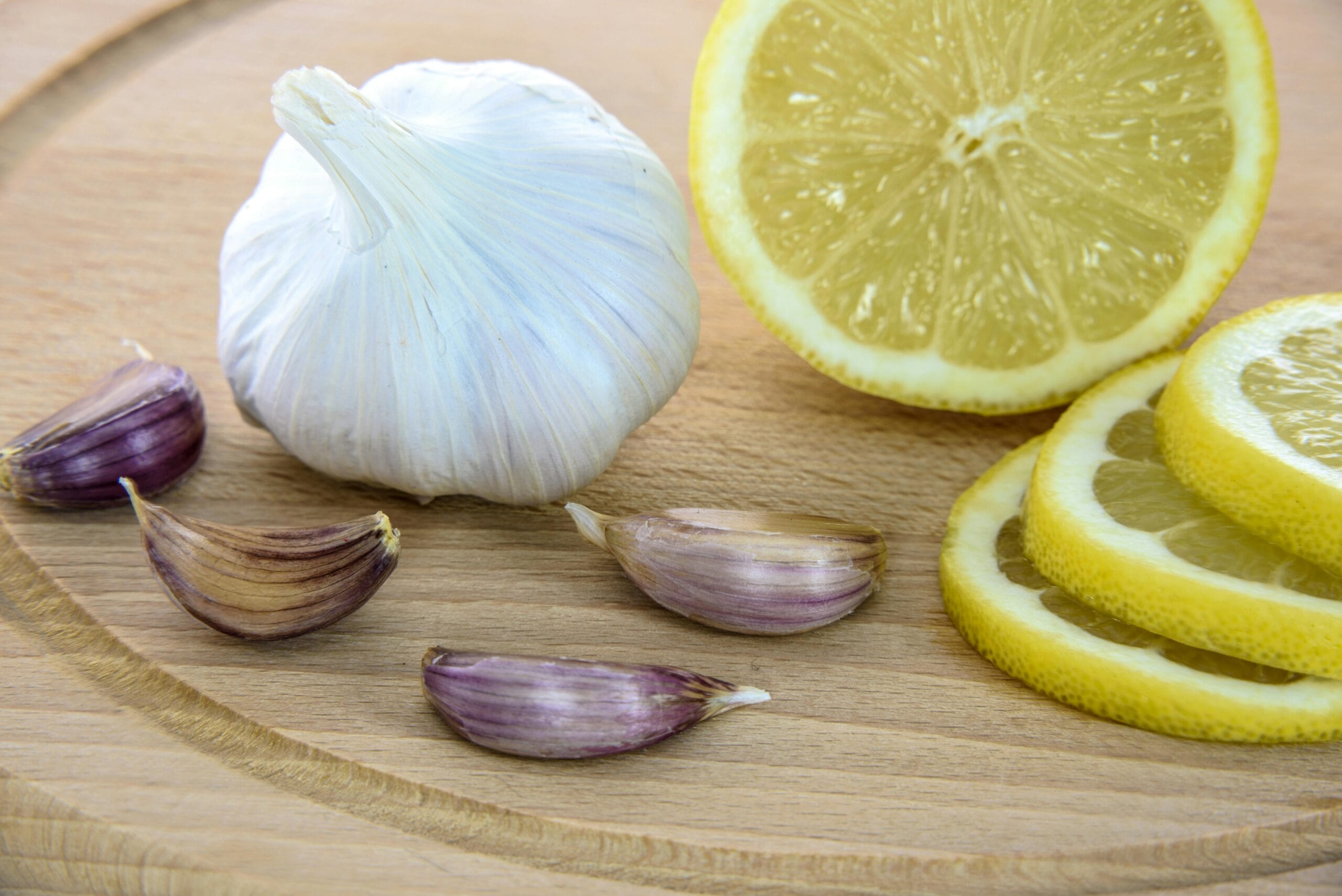
Nutritional Profile of Garlic
Garlic, a widely used ingredient in various cuisines, is not only esteemed for its flavor but also for its impressive nutritional profile. This bulb is rich in essential vitamins and minerals that contribute to overall health. Notably, garlic contains significant amounts of vitamin C, vitamin B6, manganese, and selenium. These nutrients are integral to numerous bodily functions, including immune system support, metabolism, and the maintenance of healthy blood fluidity.
One of garlic’s standout features is the presence of bioactive compounds, particularly allicin, which is formed when garlic is crushed or chopped. Allicin is responsible for many of garlic’s beneficial effects, including its potential antimicrobial properties against certain bacteria and viruses. Such qualities make garlic a valuable ally in the prevention and treatment of infections, thereby enhancing one’s overall well-being.
Moreover, garlic is known to aid in cardiovascular health. Regular consumption may improve blood circulation and lower cholesterol levels, which is essential for preventing heart disease. The liquidity of the blood and its viscosity can be positively influenced by garlic, contributing to healthier blood flow. In addition, garlic has often been associated with digestive health; it may assist in alleviating stomach issues and promoting the growth of beneficial gut bacteria, while simultaneously combating harmful bacteria.
Despite these numerous health benefits, caution should be exercised when incorporating garlic into one’s diet, especially for individuals with sensitivities. While garlic can help in mitigating bad breath, excessive consumption might lead to gastrointestinal discomfort. Thus, moderation is key to harnessing garlic’s power without adverse effects. Overall, garlic’s robust nutritional profile signifies its role not just as a flavor enhancer, but as a fundamental component of a health-conscious diet.
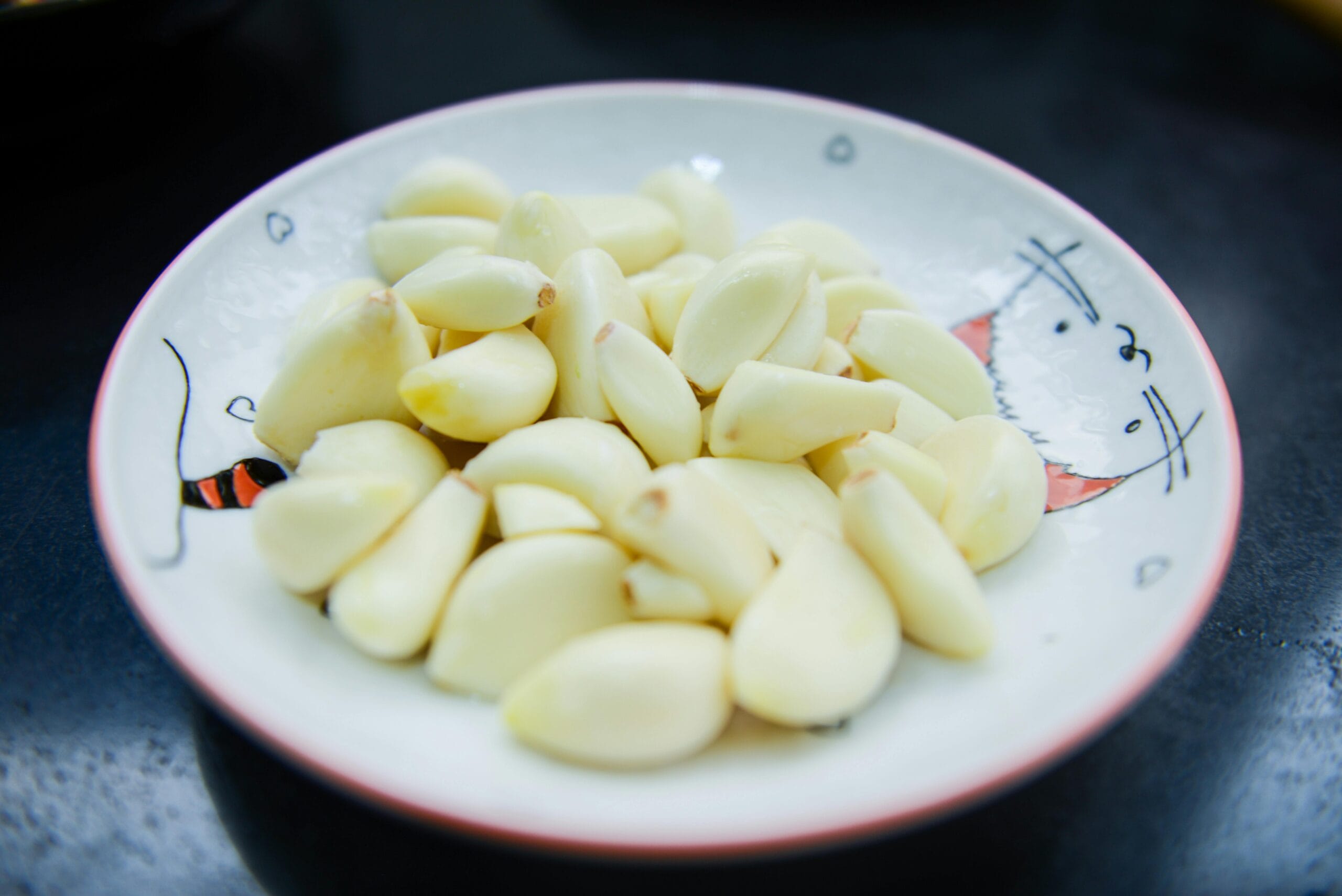
Health Benefits of Garlic
Garlic, a staple in cooking for centuries, is not only renowned for its distinctive flavor but also for its remarkable health benefits. One of the most significant benefits of garlic is its potential to bolster the immune system. Rich in compounds, such as allicin, garlic has been shown to enhance the body’s defenses against various bacteria and viruses, making it an effective natural antibiotic. Regular consumption may reduce the frequency of illnesses, particularly respiratory infections, that are often caused by harmful microorganisms.
Moreover, garlic has been studied for its role in promoting cardiovascular health. Numerous studies suggest that it can contribute to lowering blood pressure and improving cholesterol levels. This is particularly valuable as high blood pressure and elevated cholesterol are major risk factors for heart disease. By enhancing blood fluidity, garlic helps prevent the buildup of plaque in arteries, thus maintaining optimal cardiovascular function.
In addition to cardiovascular and immune benefits, garlic possesses potent antioxidant properties. These compounds combat oxidative stress, which contributes to various chronic diseases. Antioxidants in garlic may also have a positive effect on the body’s overall inflammatory response, assisting in the prevention and treatment of ailments related to inflammation.
Another advantage of garlic lies in its ability to counteract bad breath, which often stems from the presence of certain bacteria in the mouth. While this may seem a minor concern, maintaining oral hygiene plays a vital role in overall health. Incorporating garlic into the diet may aid in creating a balance of beneficial bacteria, thereby minimizing bad breath.
Finally, it is essential to approach garlic consumption with caution. Excessive intake could lead to gastrointestinal discomfort or exacerbate certain medical conditions. Therefore, moderation is key to reaping the benefits of garlic while minimizing potential side effects.
Garlic in Traditional Medicine
Garlic, scientifically known as Allium sativum, has been utilized for centuries in various cultures as a potent natural remedy. Its medicinal properties have been recorded in texts dating back to ancient civilizations, such as the Egyptians, Greeks, and Romans, where it was valued not only as a culinary enhancement but also as a means of prevention and treatment for a multitude of ailments. Garlic’s ability to combat bacteria and viruses has been a cornerstone of its application in traditional medicine.
Historically, garlic has been employed to enhance blood fluidity, making it beneficial for heart health. Its active compound, allicin, is responsible for many of its medicinal effects, including acting as a natural antibiotic. Through this mechanism, garlic supports the immune system by fighting off harmful pathogens while enhancing the body’s overall vitality. In addition to its antibiotic properties, garlic has been used for digestive issues, acting as a remedy for stomach discomfort and promoting better gut health. The consumption of garlic, whether raw or in the form of extracts, is often recommended for its ability to stave off infections and bolster immune defenses.
Different cultures incorporate garlic into their herbal practices. For example, in traditional Chinese medicine, garlic is considered a warming food that stimulates circulation and digestion. In Middle Eastern cooking, molokhia is often prepared with a savory garlic sauce, not only adding flavor but also leveraging its medicinal properties. Through the ages, it has been notable for its ability to address common ailments like flu, colds, and even bad breath, thanks to its antimicrobial properties. Though garlic is largely safe for most individuals, it is essential to be aware of certain cautions regarding its use, as excessive consumption may lead to gastrointestinal discomfort. Today, garlic continues to be a focal point of ongoing research into its therapeutic potentials, reflecting a lasting appreciation for this remarkable bulb in both culinary and medical spheres.
Culinary Uses of Garlic
Garlic, revered for its distinct flavor and numerous health benefits, plays an integral role in culinary practices worldwide. Known for its potent properties, garlic is often described as a natural antibiotic, making it a valuable ingredient in both prevention and treatment of various ailments. Its versatility in cooking is unparalleled, as it can be prepared through various techniques such as roasting, sautéing, and infusing oils, imparting unique flavors to a plethora of dishes.
Roasting garlic transforms its robust taste into a mellow, sweet delicacy. The cloves can be easily squeezed from their skins and spread onto crusty bread, offering a delightful appetizer. Moreover, roasted garlic can be incorporated into sauces, enhancing dishes like molokhia, a traditional dish known for its rich flavors and nutrient-packed profile. When sautéed, garlic releases a fragrant aroma, serving as the foundation for countless recipes, including stir-fries, pasta, and vegetable sautés. Its ability to elevate dishes cannot be overstated, as the warmth intensifies the natural sweetness and draws out the essential oils, creating a base flavor that complements a variety of ingredients.
Infusing garlic into oils is another common culinary practice. This method involves gently heating oil with crushed or sliced garlic, allowing the essence to permeate the liquid. Such infused oil can be utilized in salad dressings, marinades, or as a seasoning for roasted vegetables. Additionally, garlic is often employed in sauces, where its sharpness cuts through richness and provides balance. However, while garlic is enormously beneficial, it is important to exercise caution, particularly for individuals with certain health conditions, as excessive consumption may lead to issues such as bad breath or digestive discomfort.
In conclusion, garlic’s multifaceted uses in cooking not only enhance flavor profiles but also contribute significantly to health and wellness. From roasting and sautéing to infusing oils, garlic remains a staple that enriches the culinary experience while providing a natural defense against bacteria and viruses.
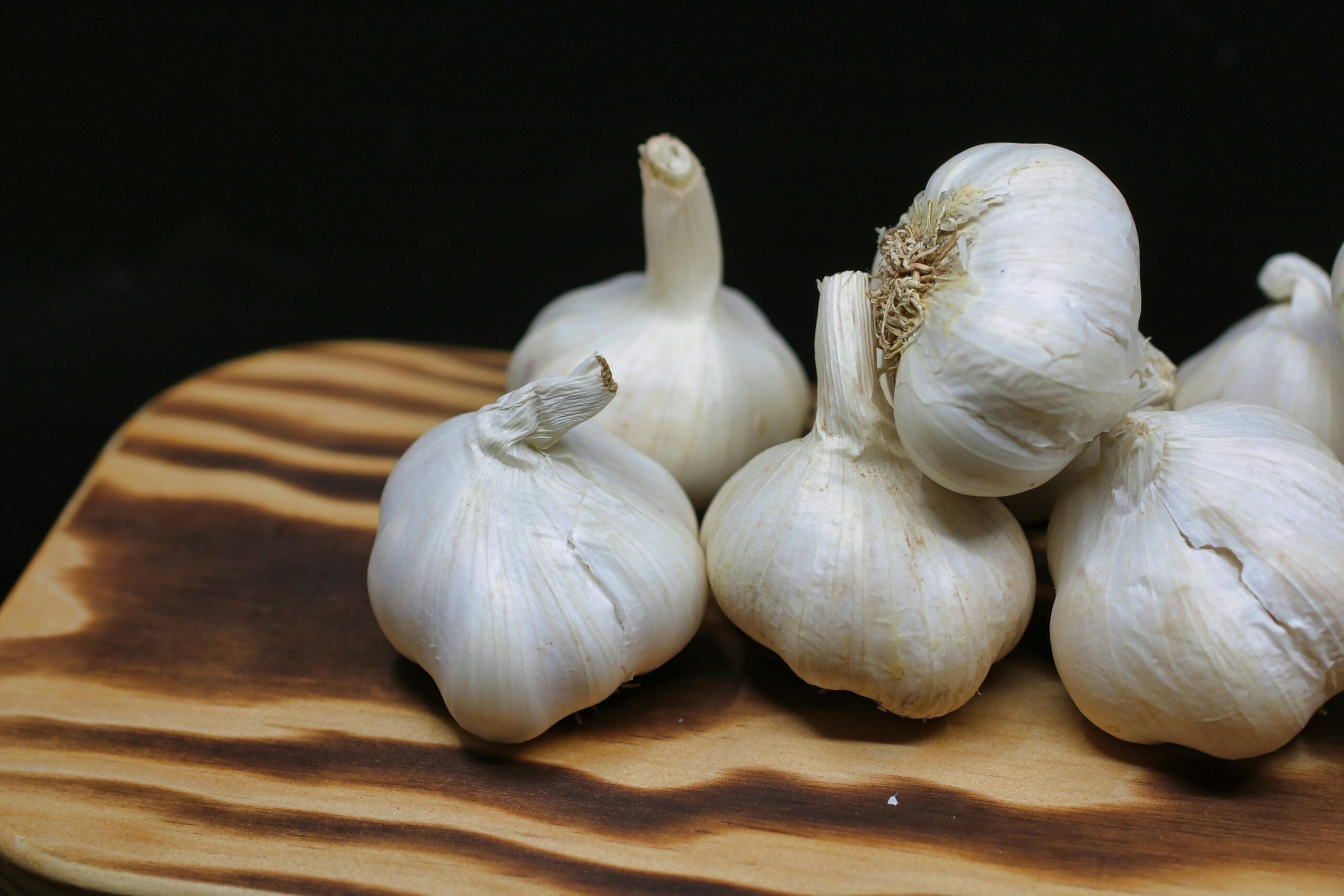
Garlic Varieties and Their Flavor Profiles
Garlic, a staple in cuisines worldwide, comes in various types, each with distinct flavor profiles and culinary applications. Understanding these varieties can enhance not only the taste of dishes but also their health benefits, particularly when considering garlic’s potential as a natural antibiotic.
One of the most recognized types of garlic is hardneck garlic. This variety is characterized by its robust, complex flavor that often includes spicy undertones. Hardneck garlic produces a central flower stalk known as a ‘scape,’ which can also be used in cooking. This garlic is particularly well-suited for roasting due to its rich flavor, making it an excellent choice for dishes like molokhia, where deep, savory notes are ideal. Subvarieties such as Rocambole exhibit a strong taste, making them perfect for sauces and marinades.
On the other hand, softneck garlic has a milder, more subtle flavor profile, which makes it versatile for a wide range of dishes. This variety is commonly found in grocery stores and can be used in various forms, such as roasted, chopped, or as a base for sauces. Its compatibility with different cuisines, alongside its high oil content, allows for enhanced fluidity in dishes, especially when combined with olive oil for dressings.
Lastly, elephant garlic, despite its name, is more closely related to leeks than true garlic. It has a very mild flavor, making it ideal for those who may be sensitive to the stronger taste of traditional garlic. This variety can be utilized in dishes designed to minimize strong flavors, thus serving as a gentler alternative in both cooking and seasoning.
By selecting the appropriate garlic variety, one can effectively utilize its unique flavors to elevate dishes while reaping its numerous health benefits, including prevention and treatment of various infections caused by bacteria and viruses. In conclusion, understanding garlic varieties enriches cooking experiences, enhances flavor, and maximizes health advantages.
Growing and Storing Garlic
Garlic is a remarkable plant that not only enhances culinary dishes but also provides numerous health benefits. To grow garlic at home successfully, one must consider several key factors that contribute to its optimal growth. The ideal climate for garlic cultivation is temperate regions with well-drained soil and sufficient sunlight. Garlic typically thrives in cooler weather, making it best to plant in the fall or early spring, depending on the variety. When selecting a site, choose a location that receives full sun for at least 6-8 hours a day and has a pH level between 6.0 and 7.0.
Before planting, prepare the soil by loosening it with a rake and incorporating organic matter, such as compost, to improve its nutrient content and water retention. When planting garlic, you can use individual cloves, ensuring that each clove is placed upright in the soil and covered with a few inches of soil. Proper spacing is essential; aim for about 6 inches between each clove to allow ample room for growth. Regular watering is necessary, especially during dry spells, as garlic requires adequate moisture to thrive.
After harvesting, which occurs when the foliage turns yellow and begins to die back, storing garlic correctly is crucial to preserve its flavor and extend its shelf life. The best method to store garlic is in a cool, dark place with good air circulation. Baskets or mesh bags work well as they promote airflow, reducing the risk of mold and rot. Avoid storing garlic in the refrigerator, as this can lead to sprouting, which diminishes its use in cooking. When stored properly, garlic can last for several months, maintaining its potent flavor and beneficial properties. In summary, cultivating and storing garlic effectively can enhance both your culinary experiences and health benefits associated with this remarkable bulb.
Common Garlic Myths and Misconceptions
Garlic has long been surrounded by a myriad of myths and misconceptions that can cloud its perceived benefits and applications. One of the most well-known myths is that garlic can repel vampires. This superstition has roots in folklore, where garlic was thought to ward off evil beings. However, this idea is purely fictional and does not have any basis in reality. In the realm of health and cooking, garlic is celebrated for its rich array of benefits, including its antibiotic properties against bacteria and viruses.
Another frequent misconception pertains to dietary restrictions involving garlic. Some individuals believe that garlic should be eliminated from their diets due to supposed allergies or intolerances. While it is true that some people may experience sensitivity to garlic, severe allergies are rare. Many of the adverse effects attributed to garlic, such as stomach discomfort or bad breath, can often be mitigated by modifying how it is consumed. For instance, using garlic in moderation or incorporating it into dishes like molokhia, where it is blended into a sauce, can provide the benefits of garlic while minimizing potential side effects.
Additionally, there is a misconception that garlic is inherently harmful for everyone, particularly regarding its effects on blood fluidity. While garlic does assist in improving blood fluidity—an advantage for cardiovascular health—individuals with specific medical conditions should exercise caution. It is advisable for those on anticoagulant medications or with certain bleeding disorders to consult healthcare professionals regarding garlic intake. Overall, understanding the facts surrounding garlic is essential for maximizing its potential benefits while avoiding misconceptions that may hinder its use in treatment and prevention practices.
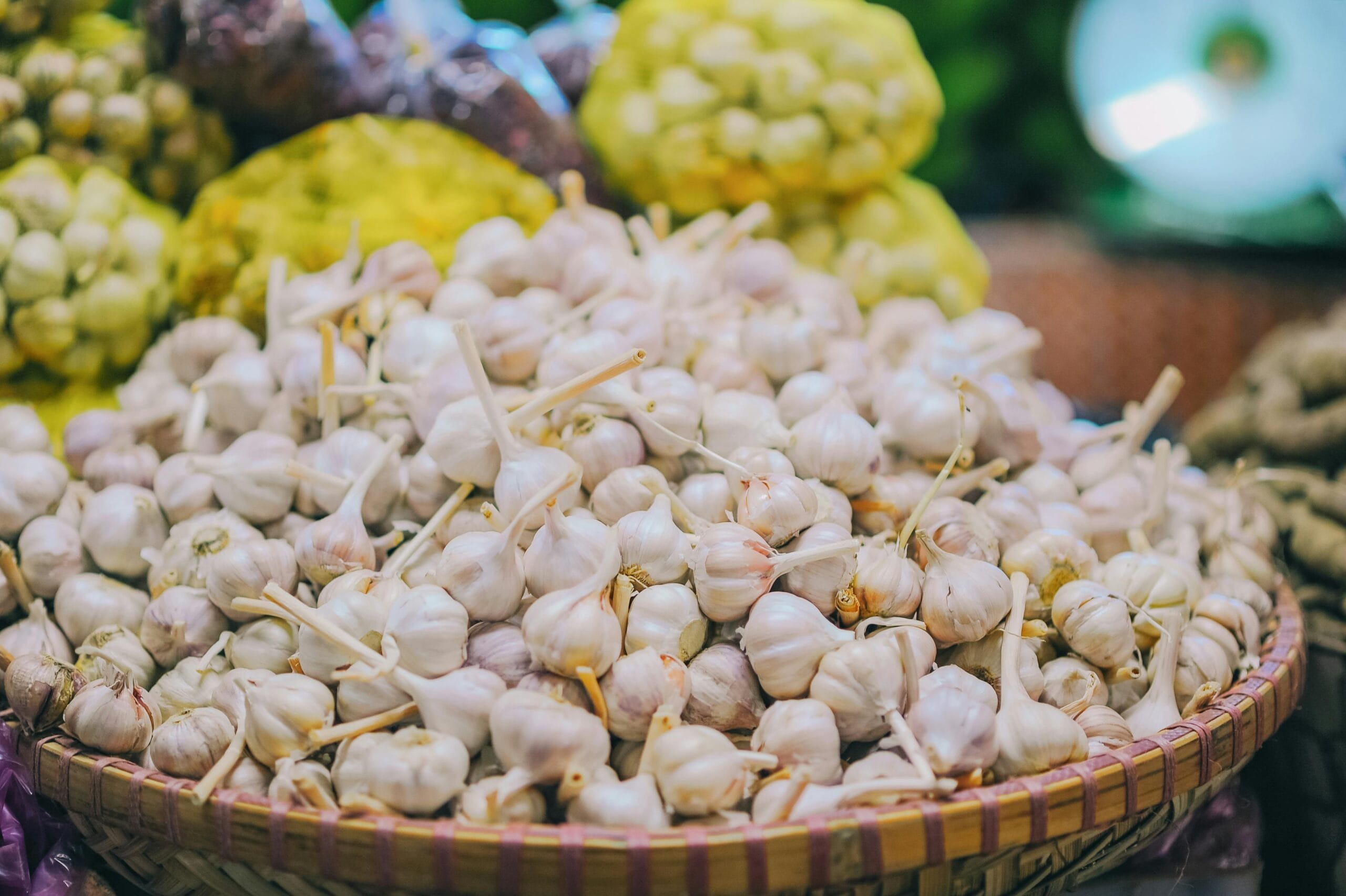
Conclusion
Garlic has long been celebrated not only for its distinct flavor but also for its impressive health benefits. This remarkable ingredient, known for its antibiotic properties, stands out as a natural remedy against various ailments. The presence of compounds such as allicin makes garlic effective against both bacteria and viruses, thereby enhancing immunity and playing a crucial role in the prevention and treatment of illnesses. Its multifaceted uses extend beyond mere culinary applications, showcasing garlic as a versatile addition to any diet.
Incorporating garlic into meals can serve multiple purposes, from enhancing the taste of dishes like molokhia to aiding in the body’s defense mechanisms. Furthermore, garlic can be beneficial for maintaining proper blood fluidity and improving overall cardiovascular health. This powerful substance contributes to the reduction of bad breath, a common concern that can arise from its consumption; however, the health benefits often outweigh this single drawback.
It is essential to be mindful of potential cautions associated with excessive garlic consumption. While it offers numerous health advantages, individuals with certain medical conditions or those taking specific medications should consult healthcare professionals before significantly increasing garlic intake. Nonetheless, when used judiciously, garlic can provide immense benefits that surpass the ordinary.
Thus, embracing garlic in your daily life—whether through enriching your sauces or simply adding it to your favorite recipes—can unlock its potent health benefits. As we move towards a better understanding of natural remedies, it is clear that garlic is not just a food ingredient but also a valuable ally in health management. Encouraging its inclusion in your diet can lead to positive health outcomes and a flavorful culinary experience.

